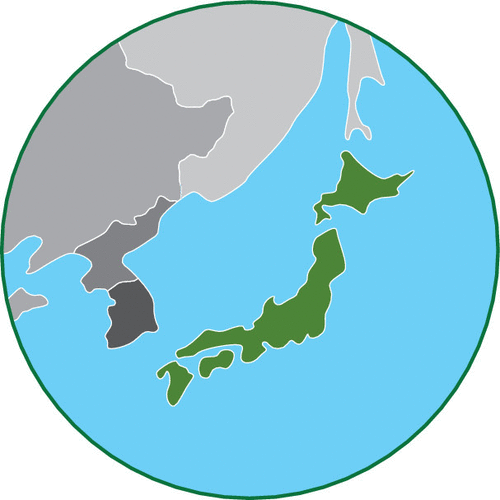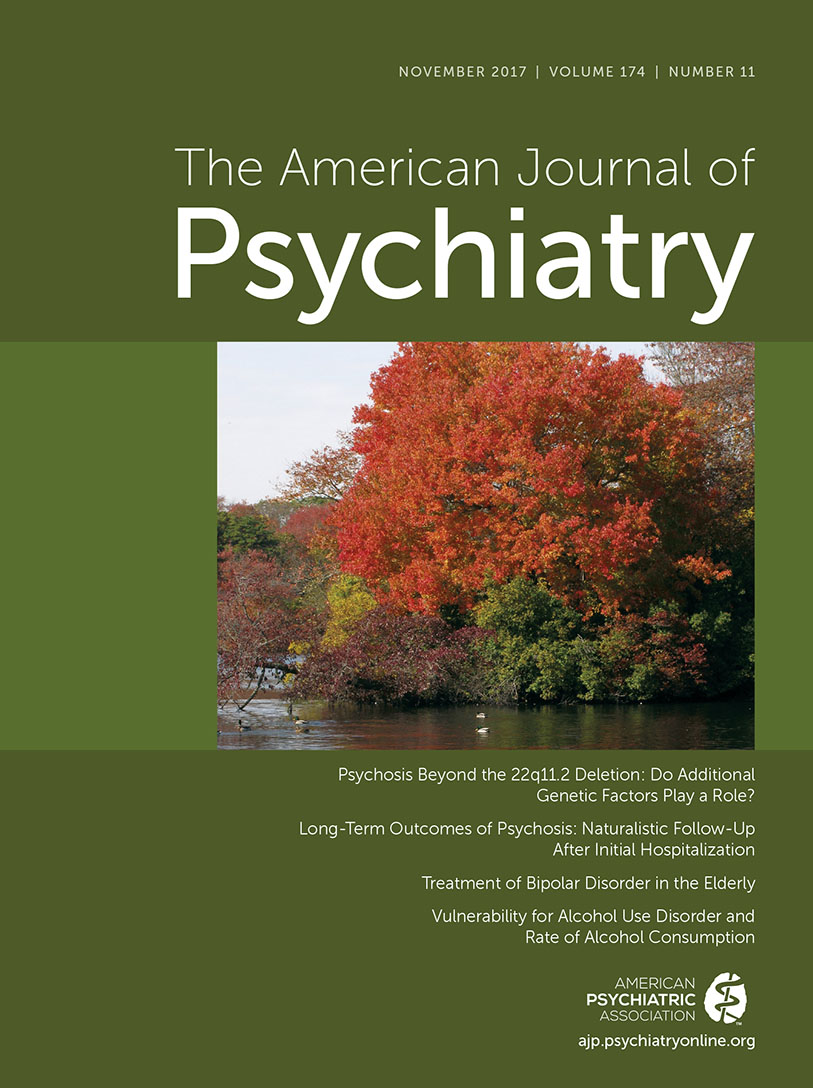Modern-Type Depression as an “Adjustment” Disorder in Japan: The Intersection of Collectivistic Society Encountering an Individualistic Performance-Based System

“Mr. A” is a 35-year-old company employee living with his wife and son. He had no notable developmental problems. His father was a traditional Japanese company employee who was often absent from home because of work. His mother, a stay-at-home mom, had high expectations for Mr. A’s academic success and sent him to cram school from an early age. He participated in school sports clubs but spent the majority of his time playing video games. He was never enthusiastic about academics but did relatively well. After high school, he entered a well-known university and started to live alone. He had no specific aspirations in life, but, following others, he applied to some well-known companies. He accepted a job at a company that “happened to” offer him a career-track position.
For a few years, he did relatively well under a good mentor who guided him. In his fifth year, he was reassigned to a new division, where he was often required to express his own opinion, which he found difficult. His supervisor scolded him sharply at times, which is not uncommon in Japan but which left Mr. A feeling unhappy and dissatisfied. Having been an A student, this was virtually the first time he had received a stern reprimand. He started experiencing headache, angst, and insomnia, and he frequently arrived late or was absent for work. He himself suspected depression and sought help at a psychosomatic medicine clinic, expressing his wish to take leave from work. His doctor granted a 3-month sick leave for “depressive state.”
Immediately, Mr. A felt well and would sometimes attend parties with coworkers, which led them to doubt whether he actually had depression. He also complained that his condition was due to their unwelcoming workplace, and upon his return he was reassigned to another division. His new supervisor gave Mr. A undemanding tasks, and he did well for several years. During this time, he got married and had a son. When his wife returned to work and started complaining to Mr. A about not helping around the house, he began having difficulty being at home, experiencing headaches and lethargy. Around this time, he was reassigned again and was reprimanded by his new supervisor, triggering a feeling of heaviness and distress at work. He soon began skipping work again.
He voluntarily returned to the clinic, where he was diagnosed with “adjustment disorder.” He took leave and returned to work after several months, but similar episodes recurred. Given that his mental problem was situation dependent, his reputation at work and home suffered. He sought care at several mental health clinics, which mainly diagnosed “adjustment disorder” or “depressive state,” although some overdiagnosed his illness as major depression and prescribed selective serotonin reuptake inhibitors, but with poor pharmacological outcome. At one clinic, he started group therapy to improve his interpersonal skills, but he soon quit, complaining that all the other participants were elderly. Eventually, he participated in a group-centered “Re-Work” program (see the discussion below). Being with others in similar situations helped Mr. A realize that he “could not blame everything on the company.” He is now able to lead a relatively uneventful working life without extended leave even though he sometimes skips work when he experiences excessive stress.
Japan has recently seen an increase in cases similar to that of Mr. A, especially among young adults, a syndrome referred to as “modern-type depression” (MTD) (1). Characteristics of MTD include situation-dependent depressive state, blaming others, and strong avoidant tendencies (2, 3). Individuals with MTD display absenteeism from work or school, complaining of mental health problems, but because they can function relatively well at other times, dealing with MTD poses a new challenge, especially in occupational health. Notably, these characteristics are the complete opposite of those of individuals with Japan’s traditional depression prototype, who would respect the virtues of Japan’s collectivistic society, maintaining harmony and adjusting themselves to the traditional hierarchical social order, and usually concealing their depressive state (4, 5).
Currently, there are no adequate diagnostic criteria or evidence-based treatment guidelines for MTD (2). According to DSM and ICD, some cases fall under atypical depression, dysthymia, or personality disorder (narcissistic, avoidant, etc.), but many do not reach any of the diagnostic thresholds and tend to be diagnosed as “adjustment disorder.” Patients are sometimes misdiagnosed as having major depression because they overstate their depressive symptoms, and so they are treated with antidepressants, often with poor response. Third-party information is often useful in the assessment of such cases because family members and coworkers often suspect that the patient is “slacking off” (6). Even psychiatrists tend to regard MTD as a non-disorder needing no treatment (7). However, with increasing numbers of MTD cases exhibiting social maladjustment in Japan, this phenomenon cannot be ignored. A recent Australian longitudinal study proposed that adjustment disorder is a “gateway disorder” that can lead to more serious psychiatric conditions down the road (8). While empirical data are sparse at the moment, we propose that MTD is a similar gateway condition and that prolonged MTD may lead to a more severe form of social maladjustment called hikikomori (9).
We have seen some success with a rehabilitation program called “Re-Work” that provides group adaptive training to individuals on sick leave—especially due to depression, including MTD—who have difficulty adapting to their workplace (10). Participants learn adaptive skills tailored to Japanese workplace culture through counseling, group activities, and group-based cognitive-behavioral therapy, enabling them to return to work within several months. The popularity of this program is rising, and there are currently over 200 participating facilities nationwide.
In addition, we suggest that individual and group-based psychodynamic interventions are needed in order to overcome the avoidant tendency originating in the developmental period that lies at the root of MTD. The rise in MTD cases in the early 2000s was partly due to amae (accepting dependent behaviors) culture, kahogo (overprotectiveness), and yutori (relaxed) education, which deemphasized competition and allowed students more freedom (2). This paralleled the corporate cultural shift toward a more Westernized individualistic and performance-based practice and culture, which occurred as a result of an economic downturn and increased global competition, while preserving the emphasis on collectivism, creating a challenging situation for the workers who were now pressed to adjust and function within these two conflicting value systems. We suspect that this situation contributed to the rise in suicide during this time among middle-senior workers with Japan’s traditional mindset. On the other hand, youths with MTD who grew up during this educational reform period have not adequately formed the resilience to bear the conflicting pressures both to “adjust” into Japan’s traditional vertical hierarchy and to compete with others. They are more likely to experience stress as trauma, are more self-aware of depressive mood, and avoid difficult social situations, and thus they are also ill equipped to adapt to the demands and requirements of recent Japanese society.
The needs and levels of adjustment expected in society vary by sociocultural environment and era. Why do Japanese psychiatrists tend to diagnose MTD as adjustment disorder? The name “adjustment” disorder itself intrinsically implies a failure on the part of the individual to adjust, even when adjusting means bearing the impact of overwhelming and stressful situations. In Western countries where individualism with self-responsibility and freedom of choice are encouraged, would individuals with MTD also be considered “maladjusted” to society (i.e., labeled with “adjustment” disorder), or simply as having their own personality (sometimes extended to “personality” disorder)? Following DSM-5’s cultural concepts of distress, adjustment disorder, including MTD, should be reformed based on nosological, cross-cultural comparative and epidemiological studies to develop appropriate culture-oriented therapeutic approaches.
1 : Are Japan’s hikikomori and depression in young people spreading abroad? Lancet 2011; 378:1070Crossref, Medline, Google Scholar
2 : Multidimensional anatomy of “modern type depression” in Japan: a proposal for a different diagnostic approach to depression beyond the DSM-5. Psychiatry Clin Neurosci 2016; 70:7–23Crossref, Medline, Google Scholar
3 : The “new” variant of depression: the dysthymic type. Japanese Journal of Clinical Psychiatry 2005; 34:687–694 (Japanese)Google Scholar
4 : Modern interpretation of Shimoda’s shuchaku-kishitsu. Kyushu Neuro-Psychiatry 2006; 52:79–88 (Japanese)Google Scholar
5 : On the treatment of involutional depression in my department. Taiwan Igaku Zasshi [Formosa Med J] 1932; 31:113–115 (Japanese)Google Scholar
6 : A comparison of perceptions of “modern-type” and melancholic depression in Japan. Int J Soc Psychiatry 2016; 62:627–634Crossref, Google Scholar
7 : Introducing the concept of modern depression in Japan: an international case vignette survey. J Affect Disord 2011; 135:66–76Crossref, Medline, Google Scholar
8 : A longitudinal study of adjustment disorder after trauma exposure. Am J Psychiatry 2016; 173:1231–1238Link, Google Scholar
9 : A 39-year-old “adultolescent”: understanding social withdrawal in Japan. Am J Psychiatry 2016; 173:112–114Link, Google Scholar
10 : “Rework program” in Japan: innovative high-level rehabilitation. Asia Pac Psychiatry 2010; 2:208–216Crossref, Google Scholar



